Purpose
To enable the work of the board to be conducted more effectively committees of the board may be established.
- Some committees are standing committees, appointed to perform a continuing function, e.g. audit committee, while others undertake a specific task and are disbanded once that task has been completed.
- Committees can provide practical benefits by facilitating distribution of the board’s workload. Being a smaller group than the full board they also have the capability to go into greater detail and deal with complex issues more comprehensively and expeditiously than the full board and are not subject to the time constraints of full board meetings.
- From a governance perspective a committee will assist in ensuring that the issue under consideration receives adequate attention and, provided that the committee’s members are suitably selected, will also assist in ensuring that independent, objective decisions are reached by the board.
Note
The board should satisfy itself that a committee is necessary.
Process
1. General Principles
- The optimum size of a committee is three to five members, meeting two to six times per year in the case of standing committees.
- All members, particularly the chair, should be suitably qualified in terms of ability and experience.
- The chair of the Board shall not also be the chair of the audit committee. The Chair of the audit committee is the Treasurer.
- Any board member should be free to attend meetings of any committee even if they are not an appointed member of the committee.
- All board members should be given notice of any meeting together with a copy of the proposed agenda.
- An annual evaluation by the board of the performance of committees and their members, and an annual review of the necessity for a committee, have merit. The regular rotation of membership should assist in the introduction of new ideas.
- The board remains liable for the actions of the committee. It is recommended that the activities of any committee be restricted to making recommendations to the full board for the board’s approval rather than the committee being empowered to make decisions in the board’s name or on the board’s behalf.
- The continuing responsibility of the board means that the system of reporting by committees back to the board is of particular importance. This system should keep the board informed of the work of the committee and give the board the opportunity to question and comment on all aspects before they are finalised.
- Whatever powers or authorities are conferred on the committee, it is essential that they be clearly defined. The matters to be considered in achieving this are set out below.
2. Committees should be established with formal written terms of reference including:
- Composition
- Chair
- Terms of reference with:
- Objectives
- Purpose
- Activities
- Delegated authorities including extent of power to make decisions and/or recommendations (if any)
- Tenure
- Reporting back mechanism to the board and stakeholders.
3. Committee members should be provided with a schedule of meeting dates and venues for the ensuing year and expect to receive a proper agenda for each meeting.
4. A secretary should be appointed and minutes of each meeting taken.
5. Committees should be free to take independent outside professional advice as and when necessary.
6. Minutes of all committee meeting should be distributed with the full board papers before a final decision is reached on any matter. If the committee meeting takes place immediately prior to the board meeting the committee chair should be expected to give a verbal summary of the committee’s deliberations at the board meeting.
7. Where the board has delegated discussion of issues to a committee, in receiving and approving the minutes of the committee meetings members of the board are also confirming the decisions made at those committee meetings.
8. Any board member concerned about a committee decision should raise this at the time of confirming the committee minutes at the board meeting so the issue can be debated more fully by the whole board or revisited at a later meeting.
9. It is a good practice for the purpose and composition of each standing committee, and the number of meetings held during the year, to be set out in the annual report. Chairs of all standing committees, particularly the Audit Committee, should be available to respond to any questions or concerns of stakeholders at the annual general meeting.
